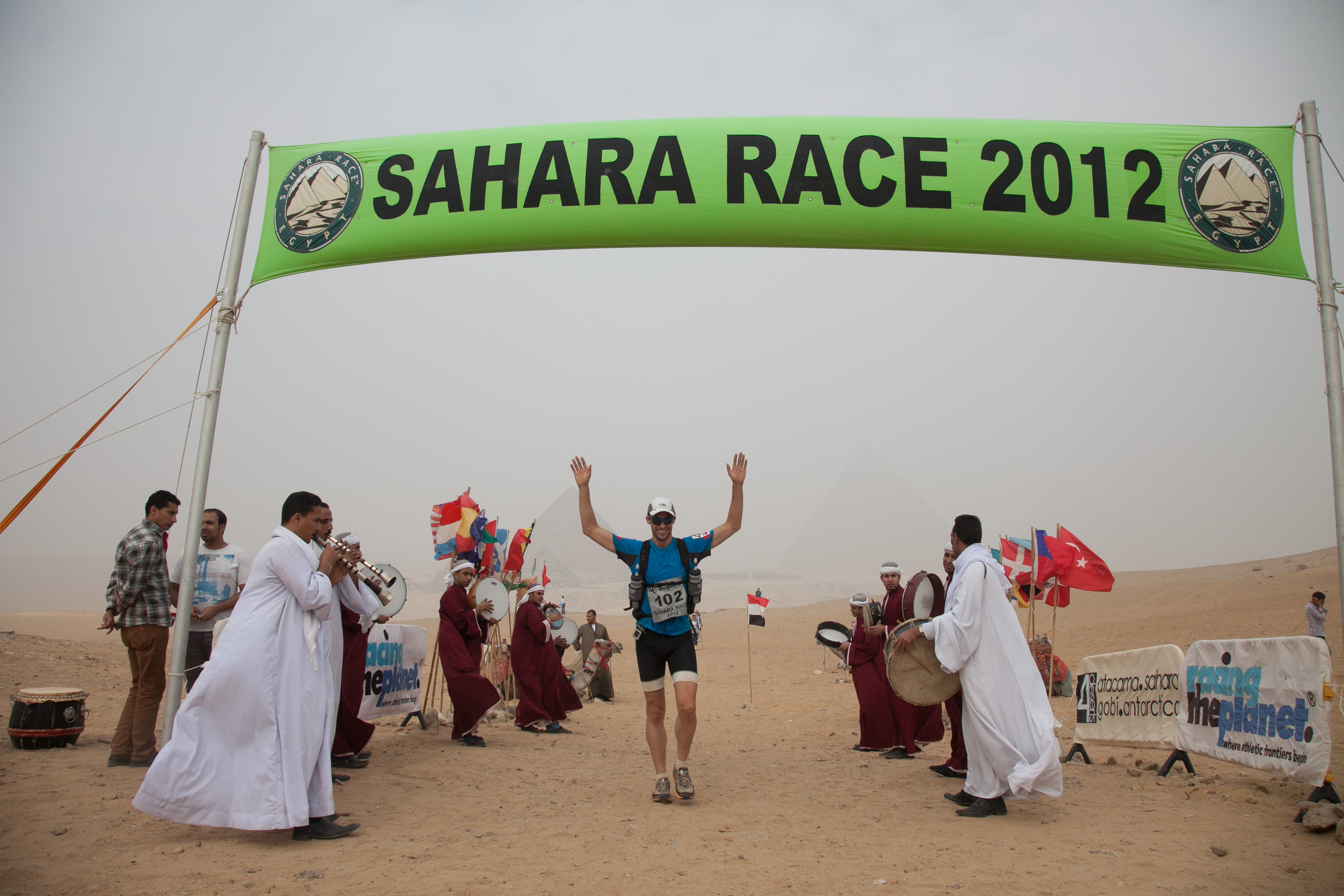 One step at a time … that’s the message Canadian inspirational speaker Sebastien Sasseville wants kids living with Type 1 Diabetes to know when he talks about his own diabetes journey which has seen him scale the heights of Mt Everest, jog across Canada and run the Sahara ultra-marathon.
One step at a time … that’s the message Canadian inspirational speaker Sebastien Sasseville wants kids living with Type 1 Diabetes to know when he talks about his own diabetes journey which has seen him scale the heights of Mt Everest, jog across Canada and run the Sahara ultra-marathon.
Sebastien, 37, recently travelled to Perth to talk to young people with T1D at an event organised by AMSL Diabetes and the Telethon Type 1 Centre.
We spoke to Sebastien to get his take on living with T1D.
Age when diagnosed? I was 22 and studying at college when I was diagnosed. I don’t think there’s a good age to be diagnosed but as a young adult I might have had more tools to deal with it than as a kid or a teenager. That said, I think being diagnosed as a kid you may be able to adapt easier because it’s the only thing you’ll ever know, life with diabetes. To be diagnosed at 22 I definitely felt grateful that I could get through my teens without it. I didn’t go through a dark phase with diabetes. Very quickly I realised it’s not going away, I’ve got to deal with it and that was my attitude from the get-go. It’s definitely an attitude thing. I was thankful that it wasn’t cancer or something worse. All I had to do was do manually what my pancreas used to do automatically and if I did that then I was just like everyone else.
Have you always been active? I was not active before I was diagnosed with diabetes and I am not a very gifted athlete. I always tell people that when I speak. I think it’s important that people know that because that guy that was always picked last for the team, that was me for a long time. Exercise is something that came in later.
How did the challenges come about? It was literally one step at a time. In college I knew I wasn’t doing the right things for my health so that’s when I thought exercise and good nutrition could help. The first time I ran I ran for 250m and that’s all I could do and then I kept going at it, I didn’t really mind that it was not impressive, I just wanted to get active and I never really compared myself to others. I ran a bit more and I started to climb, the mountain got bigger every year and then one day I thought I’d really love to climb Mt Everest. I’d been fascinated by Everest my whole life and after a few years of climbing, I thought it was something possible and I did it.
How does your body manage these extreme feats? Technology definitely is a big part of the equation. I wear an insulin pump (Animas Vibe) and CGM 24/7 (Dexcom). I used to do all of that manually – writing down blood sugars and even if you are a very committed person, you can never gather as much data as you can with CGM. My healthcare professional team is also a huge part of it – not as much today as I have become autonomous – especially how are you going to figure out a diabetes equation to adapt every single day because each day is different. The healthcare professionals have helped me to understand a lot of these things and another help would be other athletes who live with diabetes. If you’re not into sport, that’s OK. Not everyone is but find someone who does what you love do who has Type 1 — a musician, artist, lawyer, doesn’t matter – find someone who does what you like to do and act and learn from them and they’ll learn from you.
What you want kids with T1D to know? Focus on your dream because you can go to the moon if you want. You can do anything you want. Diabetes is not a limitation but it is something you’ve got to own. You don’t have to like it but you have to deal with it because if you don’t take care of it, then it will be a limitation. Don’t be defined by your diabetes. Diabetes is not who you are, it is a condition you live with.
The Children's Diabetes Centre is doing a lot of research into the best ways for patients with Type 1 Diabetes to exercise safely. If you are interested in taking part in one of the exercise trials, or learning more about what we are doing, please email diabetes.research@health.wa.gov.au or visit our research section here.

